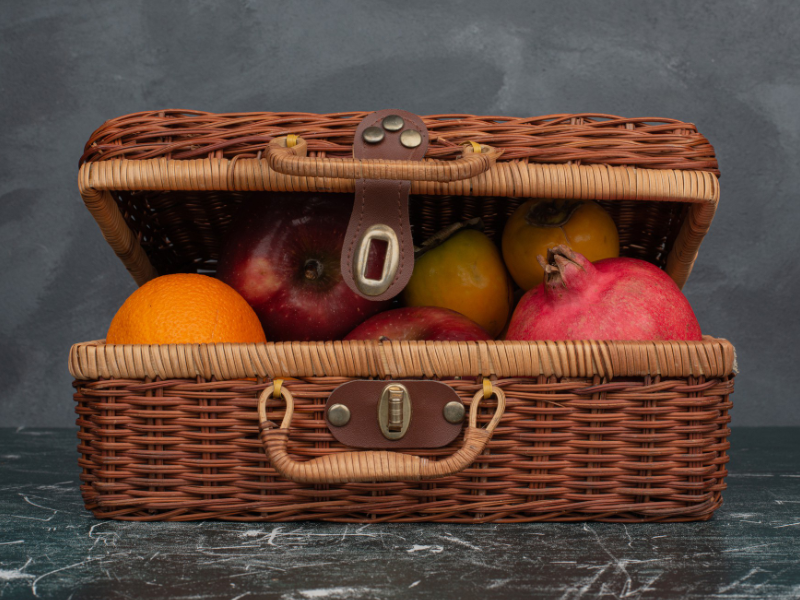
Hiccups in Newborns : Understanding and Managing
As a new parent, every little hiccup or sneeze from your newborn can send you into a panic. Are they okay? Are they in pain? What can I do to help? One common occurrence that can leave parents feeling puzzled and worried is when their precious little one starts experiencing hiccups. But fear not, dear parents, hiccups in newborns are actually quite common and usually nothing to be concerned about. What Causes Hiccups in Newborns? Hiccups in newborns are a common phenomenon, and they can occur for a variety of reasons. One of the main causes is feeding. When a baby eats too quickly or swallows too much air, their stomach can expand and push against their diaphragm, causing it to spasm. This spasm can result in the characteristic “hic” sound. Other factors that can contribute to hiccups in newborns include: Eating too much Swallowing air while feeding Gastroesophageal reflux (GERD) Irritation of the diaphragm How to Identify Hiccups in Newborns Hiccups in newborns can be identified by the characteristic “hic” sound, which is usually accompanied by a slight jerk or contraction of the baby’s body. Hiccups can occur at any time, but they’re most common during or after feeding. How to Help Your Baby with Hiccups Now, onto the million-dollar question – what can you do to help your baby when they’re dealing with hiccups? While hiccups in newborns are usually harmless and will go away on their own, there are a few things you can try to help your little one feel more comfortable. You can try burping them more frequently during feedings to help prevent them from swallowing too much air. You can also try gently patting or rubbing their back to help them relax and release any trapped air. And if all else fails, sometimes just holding and comforting your baby can help calm their hiccups. While hiccups in newborns are generally not a cause for concern, there are some things you can do to help your baby feel more comfortable: Burping: Burping your baby can help relieve pressure on their diaphragm and stop hiccups. Try burping your baby after every 2-3 ounces of formula or when switching sides during breastfeeding. Pacifiers: Sucking on a pacifier can help relax your baby’s diaphragm and stop hiccups. Waiting it out: In most cases, hiccups in newborns will resolve on their own without any intervention. If your baby is not bothered by the hiccups, you can simply wait for them to stop. When to Worry About Hiccups in Newborns So, there you have it, dear parents. Hiccups in newborns are nothing to fear and are usually just a normal part of your baby’s development. Remember to trust your instincts, stay calm, and always consult with your pediatrician if you have any concerns. Your little one will be hiccup-free and happy in no time! While hiccups in newborns are generally not a cause for concern, there are some situations in which you should consult with your pediatrician: Frequent or persistent hiccups: If your baby’s hiccups are frequent or persistent, it could be a sign of an underlying health condition, such as GERD. Distress or discomfort: If your baby is showing signs of distress or discomfort, such as crying or arching their back, it’s a good idea to consult with your pediatrician. Other symptoms: If your baby’s hiccups are accompanied by other symptoms, such as vomiting or fever, you should consult with your pediatrician. Conclusion But how do you know if your baby is experiencing hiccups or if it’s something more serious? Hiccups in newborns are usually characterized by a repetitive, rhythmic sound or movement, often accompanied by a slight jerk or twitch. They typically don’t last long and will go away on their own. If your baby is experiencing hiccups along with other symptoms such as vomiting, fever, or difficulty breathing, it’s always best to consult with your pediatrician just to be safe.


